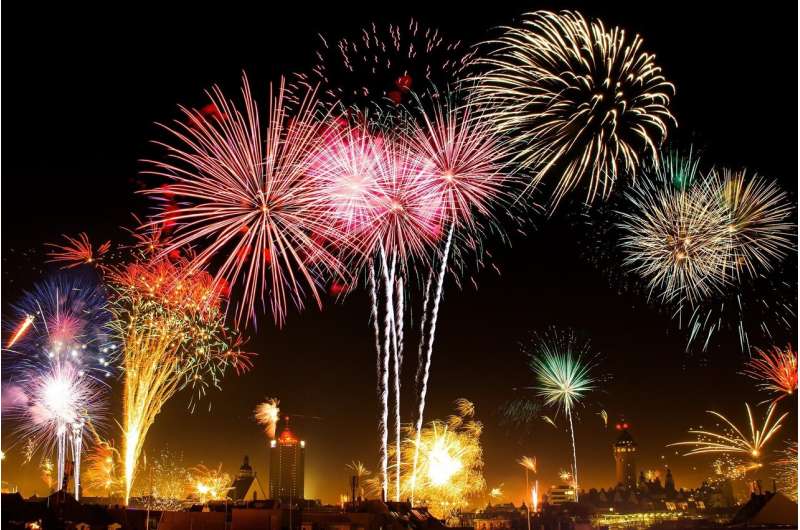Amid the fireworks and festivities of American Independence Day comes a stark warning from Northeastern University criminologist James Alan Fox. His research reveals that July 4th consistently ranks as the most violent day of the year in the United States. This year, with the holiday falling on a Friday and creating a long weekend, the potential for violence is even greater, Fox cautions.
Since 2006, there have been five mass killings, defined as incidents where four or more victims are killed, on July 4th, according to the Associated Press/U.S. TODAY/Northeastern University Mass Killings Database. This comprehensive data source highlights a troubling trend, further corroborated by the Gun Violence Archive. Since 2013, there have been 66 mass shootings on July 4th alone, resulting in four or more people injured or killed.
Understanding the Causes of July 4th Violence
Two primary factors contribute to the spike in violence on this day, according to Fox. “We know from my research and the research of others that as the temperature rises, violent crime rates go up,” he explains. “The physiological effects of heat can shorten tempers and increase aggression.”
Moreover, the holiday’s nature itself plays a role. “On July 4th, people are not working, and kids aren’t in school. There’s too much free time to kill, maybe literally,” Fox notes. The social gatherings typical of the holiday provide more opportunities for interactions that can escalate into conflict.
The Role of Alcohol and Social Dynamics
Fox further points out that holiday celebrations often involve alcohol and, sometimes, drugs, which can exacerbate tensions. “At large parties where people gather, they may not know everybody,” he says. “Arguments can start, and if someone has a gun, those arguments can turn deadly.”
“On July 4th, people are not working and kids aren’t in school. There is too much free time to kill, maybe literally.” — James Alan Fox
Historical Patterns and Comparisons
Interestingly, July 5th is noted as the second-most dangerous day of the year, with 61 mass shootings recorded. Fox attributes this to the fact that some July 4th celebrations continue past midnight into the next day. Of the ten most violent days of the year, nine occur during the summer months, with the exception being January 1st, another day marked by parties and a lack of work obligations.
The historical data underscores the significance of these findings. The correlation between heat, social gatherings, and violence is a well-documented phenomenon, with criminologists and sociologists alike noting similar trends in other contexts and countries.
Implications and Future Considerations
The implications of this research are profound, particularly for law enforcement and community organizers. Understanding the factors that contribute to holiday violence can inform strategies to mitigate risks, such as increasing police presence or promoting community awareness campaigns.
Looking forward, experts like Fox suggest that addressing the root causes of violence—such as gun accessibility and social tensions—could help reduce the incidence of such tragic events. “We need to consider how we can create safer environments during these high-risk periods,” Fox advises.
As the nation prepares for another Independence Day, the hope is that awareness and proactive measures can help ensure that the day is remembered for its celebrations rather than its tragedies.
 Malala Yousafzai Urges Support for Afghan Female Athletes as Resistance to Taliban
Malala Yousafzai Urges Support for Afghan Female Athletes as Resistance to Taliban Tesla Enhances Model 3 and Model Y in China, Adjusts Pricing Strategy
Tesla Enhances Model 3 and Model Y in China, Adjusts Pricing Strategy The Evolution of Masculinity in Post-Industrial Tyneside
The Evolution of Masculinity in Post-Industrial Tyneside NASA and SpaceX Prepare for Crew-11 Launch to International Space Station
NASA and SpaceX Prepare for Crew-11 Launch to International Space Station Trump Threatens Elon Musk with Deportation Amid Policy Dispute
Trump Threatens Elon Musk with Deportation Amid Policy Dispute